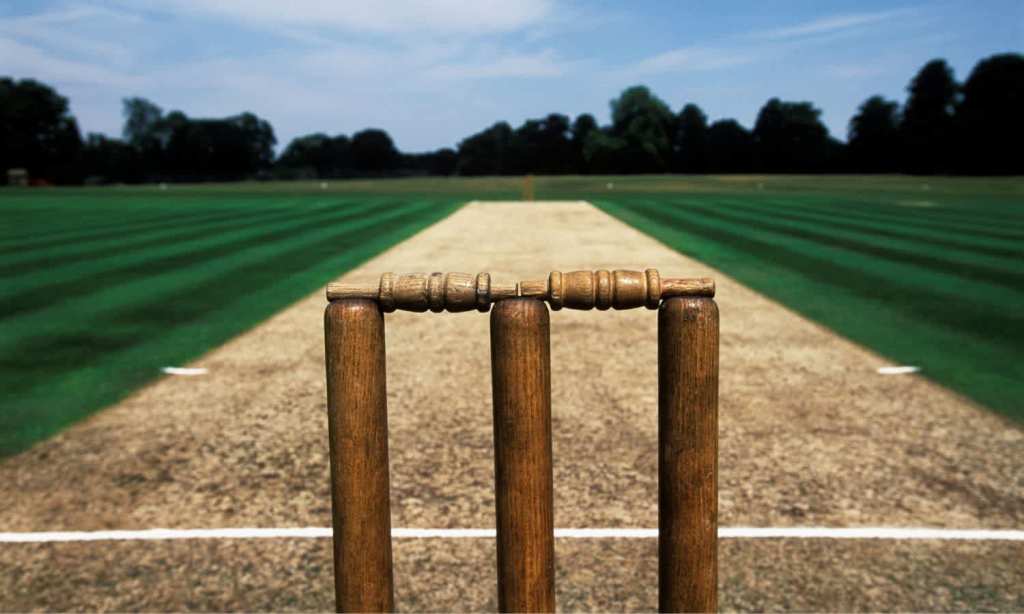It’s been 20 years since Cathy Freeman’s historic and pivotal gold medal run in the 400m final at the 2000 Sydney Olympics, where she became the first Aboriginal person to win an individual Olympic gold medal.
The issue of race and connectedness has again been brought into focus through the Black Lives Matter movement which has again highlighted Australian’s own dark history. The win by Cathy Freeman came on the back of 250,000 people participating in a walk across the Harbour Bridge in a protest at the lack of a government apology to Aboriginal people, with Freeman’s victory for many Aboriginal people giving a sense of hope that real change was possible.
This change though has been slow and 20 years on the acknowledgment of Australia’s First Nation’s people within the constitution is still non-existent. The Black Lives Matter movement has emphasised that the oppression of one is the oppression of all which has been acknowledged by many sporting bodies and teams which have kneeled in solidarity. The awareness shown by sporting individuals and codes has been a rare positive in a year which has challenged the way society operates and connects.
The inaction of both the Australian and English cricket teams during their latest ODI series in England where both teams refused to take a knee emphasises the steps that still need to be taken in opening the closed bubbles many of these elite sporting teams operate within.
Former West Indian cricket captain Michael Holding was particularly critical of both teams as he described the reasons given by either country for not kneeling as, “lame” and “flimsy” excuses.
Australian captain Aaron Finch defended Australia’s stance by stating that, “Education around it is more important than the protest. For us, we are really proud to play a game where it is celebrated all around the world and anyone can play it”.
English fast bowler Jofra Archer was also vocal in his defence of the English cricket teams’ stance and fired back at Holding, “I’m pretty sure Michael Holding doesn’t know anything that is going on behind the scenes, I don’t think he has spoken to Tom Harrison. It is a bit harsh for Mikey to not do some research before criticising.”
The gesture of taking a knee though acts as the unifying symbol which calls for worldwide recognition of discrimination and a history of racism against the ‘other’.
Holding’s criticism was not in response to the work being done behind the scenes as Archer suggested but rather the lack of awareness and real understanding from both cricket boards in what the knee symbolizes, “Nobody should have a problem with it. It is worldwide recognition of calling attention to racial prejudice and injustice.”
The English Cricket Board which has an all- whiteboard of directors has pledged to increase its diversity as well as continue to work in and around the community to support BLM.
Cricket Australia (CA) launched the Cricket Connecting Country, series which is aiming to celebrate the Indigenous cultures and multiculturism as the CA looks to continue to take steps towards inclusivity and reconciliation.
The connection in Australian between Cricket and our First Nations People stems back to the first tour group selected for England wherein the entire team was made up of Aboriginal players back in 1868. Since then though there has been a distinct lack of representation from our First Nation People with Jason Gillespie becoming the first Aboriginal man to play test cricket for Australia when he made his test debut on the 29th of November,1996 against the West Indies.
The steps taken by the CA are positive but more needs to be done if our, ‘national sport,’ is to truly represent the complete story of Australia, with all-rounder and Wiradjuri man Daniel Christian admitting more needs to be done to educate Australian cricketers at every level, “We just need to educate ourselves and encourage others around us to educate themselves.”
Ignorance and lack of education commonly go hand in hand and the privileged position of professional sport carries with it the opportunity to break down these social barriers and highlight injustice. Education is, of course, important but without awareness real change does not happen, the ability for someone to visually see a player kneel immediately provokes a question as to why they are doing this and the importance of this action. The long-standing debate that sport and politics do not mix in turn ties into Finch’s comments that as long as the sport is multi-racial everything is okay. This is not the case and sporting bodies and players alike must recognise the societal impact they can have.
Sport and racism will always be intrinsically linked as the BLM movement continues its push towards recognition and change. This fight against injustice and awareness though will continue to face ignorance such as comments made by French Football Federation president Noel Le Graet denying racism in football exists following accusations made by Neymar after Paris Saint Germain’s match against Marseille.
The symbolism of kneeling does not take away from any of the work done by individuals and organisations away from the spotlight but demonstrates a strong and unified message that Black Lives do matter and we must do more as both individuals and as a society to make sure progress is made.







